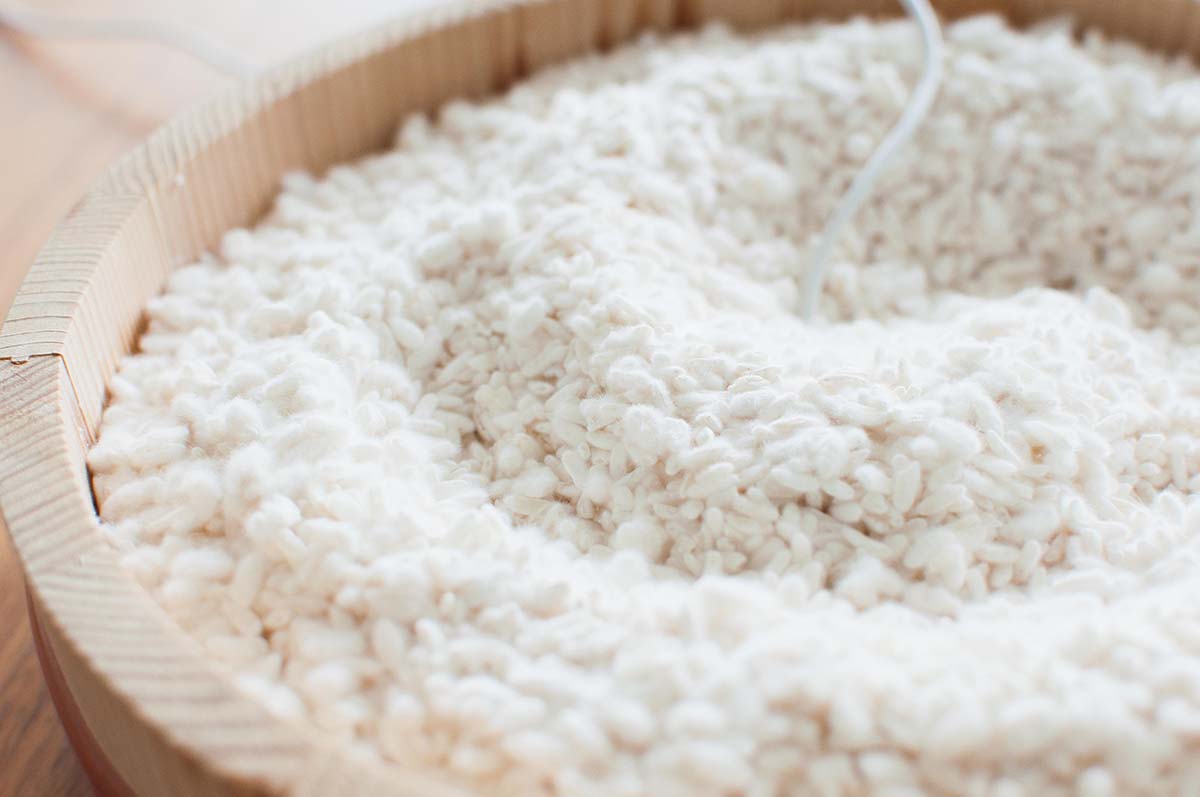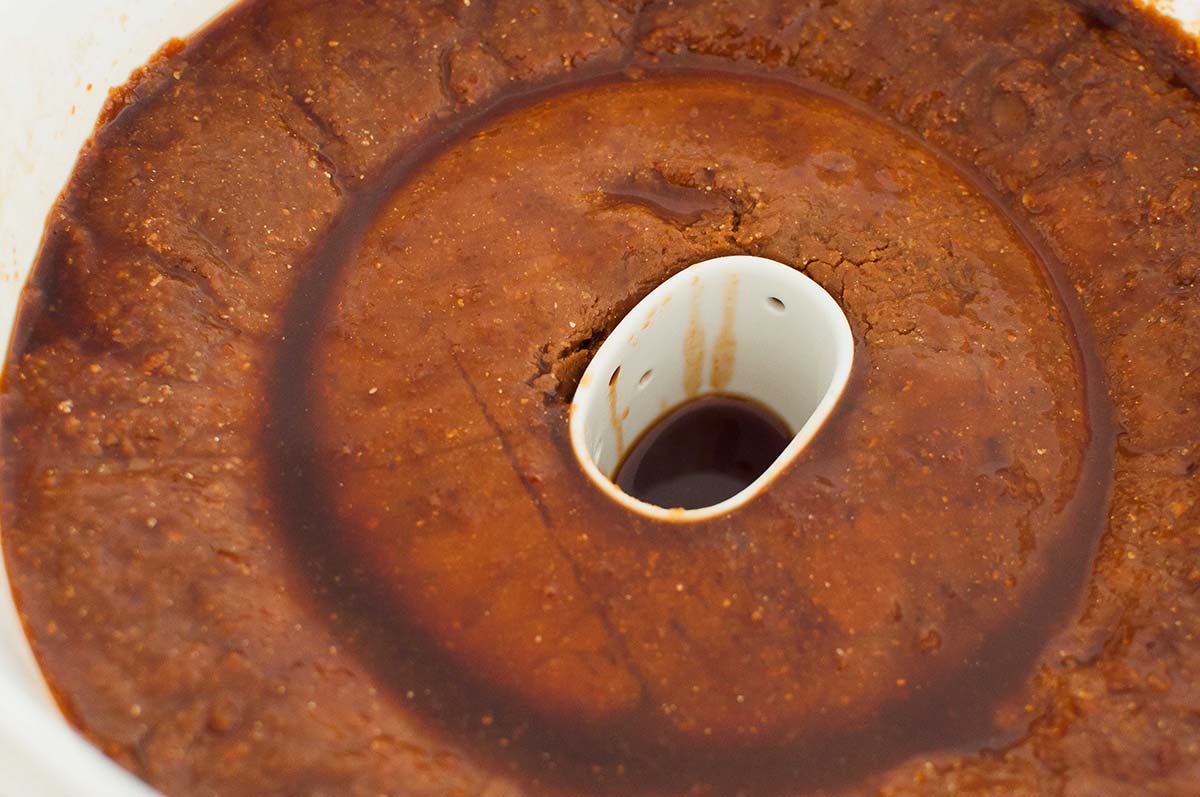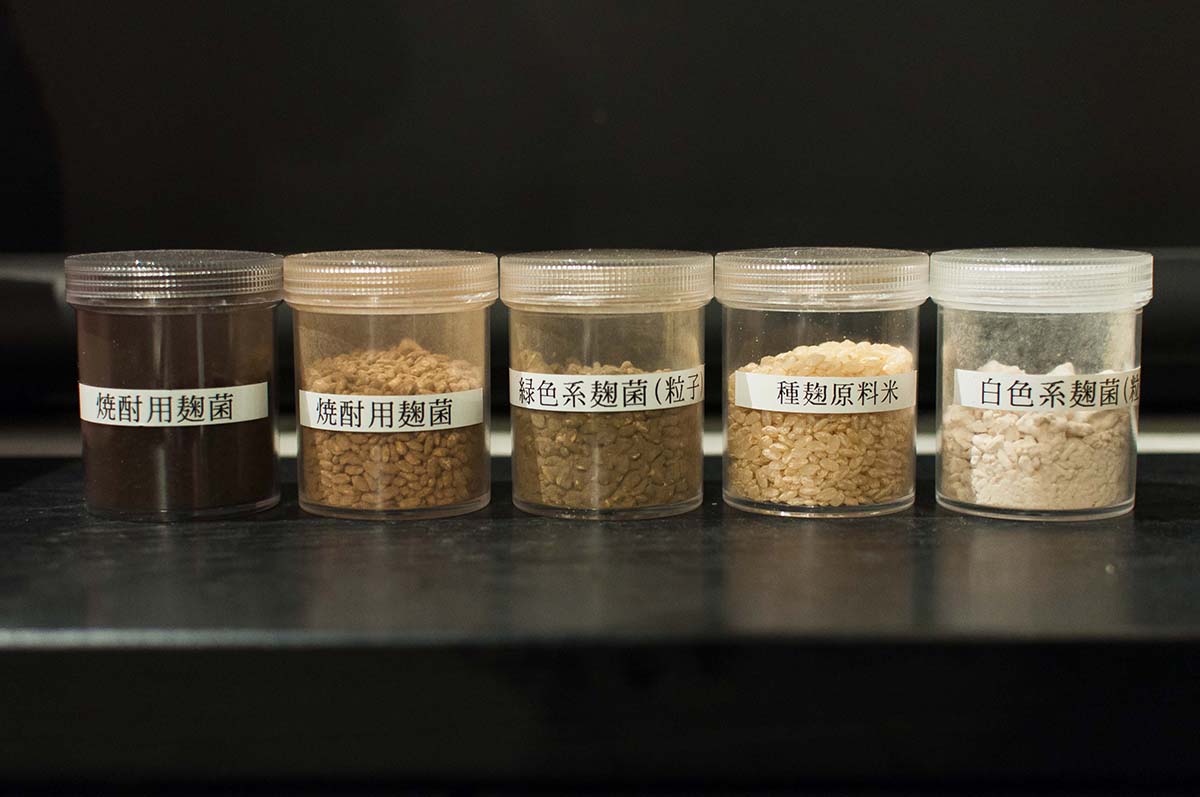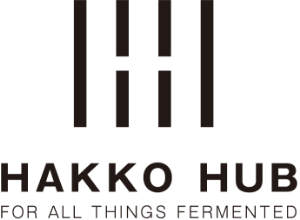A Guide to Koji: The Gold in Japanese Homes
Last October, American food professionals visited fermented food producers to deepen their knowledge of Japanese fermentation culture during the “Hakko Tourism in Japan” tour campaign. As part of the tour, organizers held a tasting session where guests gave candid advice from the perspective of the American market to food product manufacturers looking to enter the United States market.
What is Koji?
Koji is an essential ingredient in Washoku, a practice in the kitchen to prepare traditional Japanese cuisine. I am from Japan, grew up eating the food of which most part is made up with this koji to a greater or lesser extent.
Still, I did not know the term “koji” until I hit my 30s when I already lived outside of my home country. Not to excuse, I am definitely not the only one. My parents didn’t know it until I taught them how to use koji, even though we all remember that their mothers did serve us some koji derived dishes regularly on the table. My grandma even left us some jars of gold in the shed or the attic. It’s buried under our vague memory that she was filling those jars with new koji-ferment in every season when she was alive. I might have even helped her a little when I was a kid. Shame that I was too little to remember it later on.
If you are reading this, I’d assume that you have at least a slightest interest in our food culture, and you may have tried a couple of soy sauce, miso or sake available in your local area. It’s funny that I also rediscovered those outside Japan, and they drew my interest more than ever since I left my hometown.
Next to sake that we all know, soy sauce has become one of the most common Japanese seasonings available worldwide, and that cannot be made without koji. Miso has increasing recognition next to soy sauce, and that cannot miss koji either.

Koji is made by inoculating steamed rice, barley or soybeans with koji starter and cultivating them in a temperature, humidity and environment that encourages their growth.
In Japan, koji is an essential ingredient to make fermented seasonings and fermented foods such as miso, soy sauce, mirin (low alcohol sweetener), rice vinegar, amazake (none alcohol sweetener), sake, shochu (distilled beverage) and pickles.
To make miso, you need soybeans, koji and salt. If you add rice koji and salt to boiled soybeans you get “rice miso”, if you use barley koji instead of rice koji you get “barley miso” and if you use soy koji you get “bean miso”.

To make koji, you need “koji-kin”, which is actually a kind of fungus. The spores that are collected and used as a starter are called “tane-koji”.
The koji mold is made up of several species that differ in classification. The most common and representative type is Aspergillus oryzae, which is used for a wide range of applications such as sake, miso, soy sauce, mirin and shochu. Other species used are Aspergillus sojae for soy sauce, Aspergillus luchuensis kawachi and Aspergillus luchuensis awamori for shochu. Sometimes different strains are blended for specific purposes too.
Koji produces a number of enzymes, including protease, which breaks down proteins into amino acids, amylase, which breaks down starch into sugar, and lipase, which breaks down fat into lipids. These enzymes help to soften the ingredients and bring out the flavour and sweetness of fermented foods.
There are more than 100 different types of koji, but the main type used in Japan is called rice koji, which is made by growing koji fungus on rice. In Japan, koji is used in the form of “bara koji”, which is a type of koji that retains the shape of the rice grain and dates back more than 1000 years.
There are several different types of koji. The main types used are “yellow koji”, “white koji” and “black koji”. In Japanese food culture, the koji used depends on the region, climate and application.
For example, in the case of sake, there are only three ingredients – rice, koji and water – but there are many different flavours of sake. This is due to a combination of factors, including the type of koji used, the type of rice used and the water used in different regions. Similarly, the taste of soy sauce and miso can be completely different depending on the environment. The way in which they are made is also very regional. This is true even today, when koji makers are spread all over the world, across oceans, and it is possible to make koji in different ways in the place where you are now.

Marika Groen is the head of Malica Ferments, an online platform dedicated to fermented products. As a Kojiologist, traveler, brewer, photographer, and writer, she published the book "Cosy Koji" in 2021, offering insights into the art of Koji making based on her worldwide lectures and experiences.

